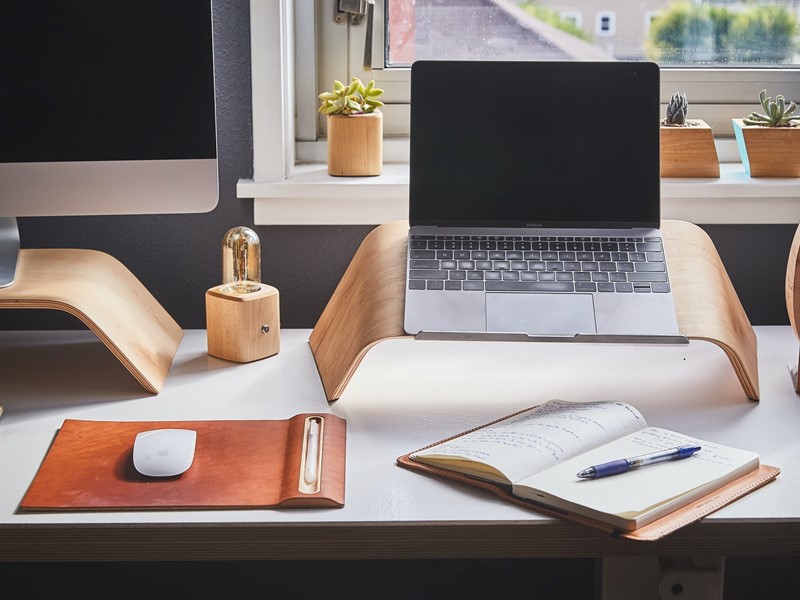Home versus Office
Despite the changing guidance concerning office- versus home-working, there’s still a lot of noise about back to work. But what does that mean exactly?

MORE STORIES
Please click here to chat through what you'd like your Success Story to be.
Despite the changing guidance concerning office- versus home-working, there’s still a lot of noise about back to work. But what does that mean exactly? In the last nine months, a lot of us have probably worked harder than ever before as we’ve grappled with the changing demands of the new normal. So, the debate isn’t about ‘back to work’, rather ‘back to a central place of work’. And before we can pick a side, we need to understand the benefits of home and office based working.
While there are huge economic benefits to getting people moving again when it’s safe to do so – in and out of cities, to and from the office – organisations also need to think more deeply about the why. What’s in it for them and their employees? What does the office offer that the home doesn’t? And, by the same token, what can the home give people that the office can’t?
Working from home is great, I absolutely love it. I embraced lockdown with gusto, and felt for those first few turbulent months that I had the space and additional time to focus on keeping BMG moving. For me, there were fewer distractions and I could get my head down and get on with what I needed to do. Saving time with the daily commute also helped me get a grip on life admin and, by the time May arrived, I found work and play a little easier to balance.
But once I returned to the office, I was thrilled and almost overwhelmed by how much I had missed the energy and experience of my colleagues. During my office days (in the brief period while the back to work campaign was active), I do tend to get a little less “done” but I achieve and learn so much more. My energy levels sky-rocket, too. And I know I’m not alone.
I liken it to going for a run on my own versus walking with a friend. The run feels good because I have achieved what I set out to achieve. But when I walk with a friend, I explore more ideas, I gain an alternative perspective, and I have more time to look around and so I see things I might have missed if I was running solo. Being with other people in an office environment motivates me. And, in turn, I’m then able to share that energy with others.
While I embrace video conferencing and regular conversations with my remote teams, I do not feel that they can fully replace the joy and advantages of being physically around other people. But I can fully understand the resistance to a long commute just to sit in an office on one’s own and speak to others via a video link.
Employees have shown a huge amount of commitment this year. They have transformed their lives for their employers, juggling work, life and family in the process, not to mention a real mixed bag of emotions. It seems to me that people put in the hours and invest more discretionary effort when working from home, perhaps because they’re empowered to work in a way that suits them. That’s certainly been the case with the BMG team. So, before we can ask people to brace themselves for yet another upheaval when the time comes, we need to understand what back to [a central place of] work will offer for those who have got used to working from home.
At the beginning of this crisis, we stood united. There was a sense of coming together and levelling. The early days of lockdown brought many people a lot closer, and we gained a clearer understanding of what’s going on in people’s personal lives and how that interplays with their working weeks. In many ways, that shared experience made us stronger. And I believe we can use that strength to move into a new phase of work, a new way of working that applies a mix of the lessions learned pre and post March 2020.
While home working seems to tick a lot of boxes, it doesn’t tick all the boxes. We have to focus on the positives of social interaction and remind our teams of the energy and sense of belonging that they get from being around other people. In addition to communicating the individual benefits, we have to also highlight the collective gains, the business benefits. How do you get people to understand the needs of the business if you’re not communicating those needs? You can’t. And so business leaders need to be brave and make a stand if they believe in the power of sharing a space, and then they need to communicate the rationale behind the return to work and ask employees for support to generate buy in. And for those that find home working productive, and have proven themselves productive in the last seven months… well, why insist otherwise? As this pandemic has demonstrated, there are other ways to drive culture and to connect with colleagues.
To safeguard our business communities, I believe we need to have people back in the office when infection levels are under control, in some capacity at least. But, more importantly, we need to understand what businesses and teams need to thrive, and we need to plan our back to work campaigns accordingly. That’s the only way we will build momentum and energy moving forward. In the home versus office debate, people can fall on either side. For me, though, I think it’s a draw. I think it’s about balance. And finding a way that suits everyone, without neglecting the business needs in the process.
We still have time to get this right. So let’s use this period to plan ahead and to write the next chapter.
By Rachel Houghton, MD at Business Moves Group.
MORE STORIES
Please click here to chat through what you'd like your Success Story to be.





